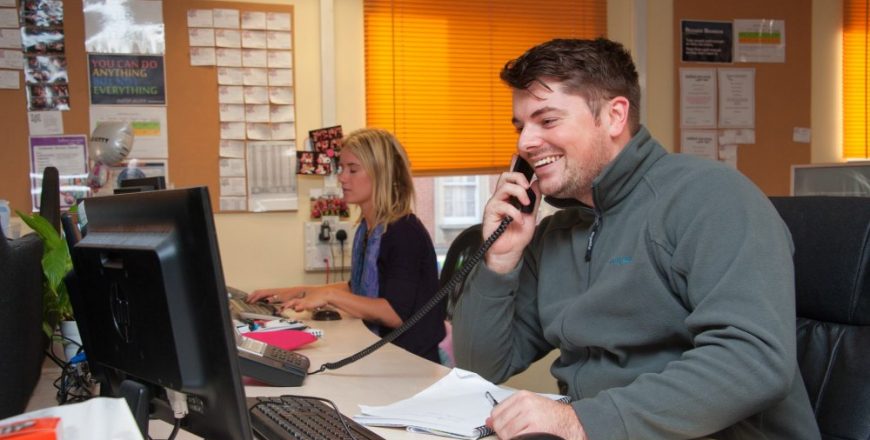
On a customer service practitioner apprenticeship course, you’ll be the first point of contact for a business and its customers.
As a customer service practitioner, your primary responsibility will be to deliver high-quality assistance to customers, whether that service is provided from the office, online, or in person.
These interactions may be one-time or regular and can include dealing with orders, payments, giving advice, help, support, meeting and greeting, sales, resolving problems, aftercare, service recovery, or gaining information via assessing customer satisfaction.
You may be the first point of contact in every business or organisation. Your actions will affect the client experience and satisfaction with your organisation; therefore, while delivering to your clients, you will develop excellent customer service abilities and product and/or service knowledge.
Face-to-face interaction, phone conversations, letters, emails, texts, and social media are all examples of customer connections.
What you’ll learn
On a customer service practitioner apprenticeship course, you’ll learn to:
- Use a range of asking skills, including listening and responding, to build rapport, identify client needs and expectations, and result in positive engagement and delivery.
- Use acceptable verbal and nonverbal communication skills, as well as summarising language, during face-to-face encounters; and/or
- Use appropriate communication skills and reinforcement techniques for non-face-to-face customer interactions (to check comprehension).
- Use an appropriate ‘tone of voice’ in all written and digital communications that reflect the organisation’s brand.
- Give comprehensive explanations and options to help customers make decisions that benefit the customer and your company.
- Exhibit patience and calm.
- Show that you understand the customer’s point of view.
- Use appropriate signposting or resolution to meet your customers’ needs and manage expectations.
- Maintain open lines of communication throughout the service recovery process.
Entry requirements
You’ll usually need:
- some GCSEs, usually including English and maths, or equivalent, for an intermediate apprenticeship.
- Apprentices without level 2 English and maths will need to achieve this before taking the end-point assessment.
Assessment methods
The End Point Assessment comprises three distinct assessment methods:
- Apprentice Showcase
- Practical Observation
- Professional Discussion
Duration and level
- Duration: 12 months
-
Level: 2 – Intermediate Apprenticeship
Apprenticeship standard
More information about the Level 2 Customer Service Practitioner Apprenticeship standard can be found here.
Apprenticeship end point assessment
For more information about the End Point Assessment Process, please read the Institute of Apprenticeships’ information page.
